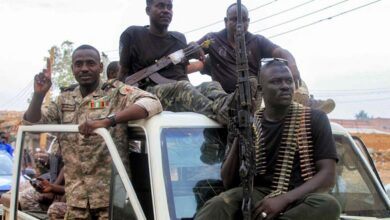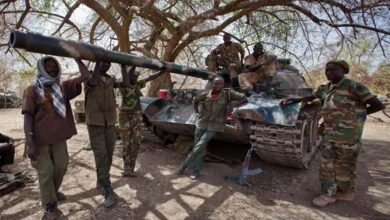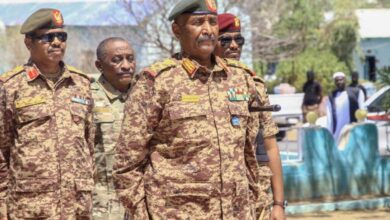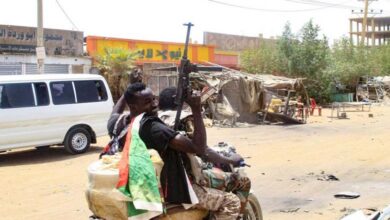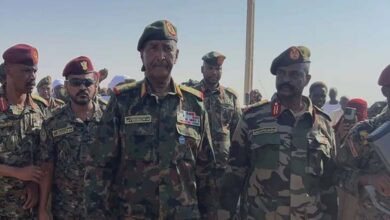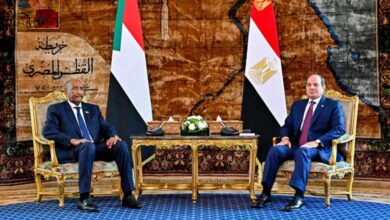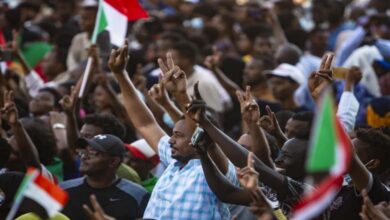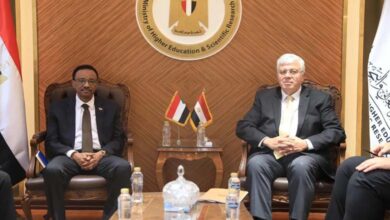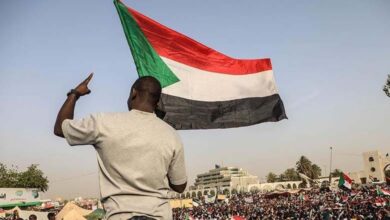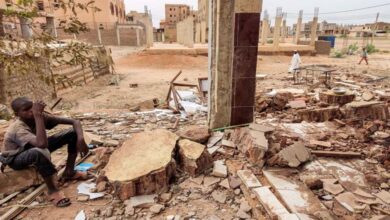What are the implications of the Sudanese army’s approach to Iran?

In early February, Sudan’s Deputy Foreign Ministermade the first high-level diplomatic visit to Tehran in seven years, where he met with Iranian President Ibrahim Raisi and his counterpart Hussein Amir Abdollahian.
This visit marks the latest sign of growing relations between Khartoum and Tehran, as the African country grapples with a devastating civil war.
According to the IRNA news agency, Raisi expressed Iran’s support for forming a strong government in Sudan and maintaining the country’s territorial integrity. Abdollahian praised plans to reopen embassies, stating that Tehran was ready to share its expertise in areas such as industry, engineering, and technology.
Strong Relations
Sudan severed diplomatic ties with Iran in 2016 following an attack on the Saudi embassy in Tehran, followed by the execution of a prominent Shiite cleric by Saudi authorities. This led to what was described as “worsening relations between Iran and Saudi Arabia.”
The site noted that “Sudan and Iran have enjoyed strong relations since the 1990s, when Khartoum drew closer to Tehran after distancing itself from Gulf states due to its support for Iraq’s invasion of Kuwait.”
Additionally, several reports indicate that “Tehran, also finding itself internationally isolated, has been supplying arms to Sudan for years and helping it develop its military industry.”
Weapons and Ideology
The site also pointed out that “one of the main reasons driving the Sudanese army to restore relations with Iran is its intention to obtain military assistance, as its forces have suffered significant setbacks on many strategic fronts against the Rapid Support Forces in recent months, including in Nyala and Wad Madani, the third and fourth largest cities in the country after Khartoum.”
Researcher and political analyst specializing in Sudanese affairs, Jihad Meshmoun, stated that “Abdul Fattah al-Burhan is seeking precision weapons to attack the sites and mobile forces of the Rapid Support Forces from a military perspective.”
Among the most sought-after equipment by the Sudanese army are Iranian drones, including the renowned “Mohajer 6“. Senior Western officials told Bloomberg that some of these unmanned drones had already been sent to Sudan and that the Sudanese army was now using them in its battles. The Rapid Support Forces also claimed to have shot down at least three of these drones in Khartoum.
In contrast, Zoinenberg, an expert in advanced military technology, stated that “the presence of Iranian unmanned drones in Sudan has been documented since at least 2008, but at least two have been spotted since the beginning of the current civil war, in January of this year.”
Zoinenberg added that “while the number of drones sent is low – at least two – it will not have a major impact, but this export indicates: Iranian political interest in establishing relations with Sudan, and the perceived need of the Sudanese army to enhance its ability to use drones.”
The site emphasized that “it is still unclear what consequences this limited flow of Iranian weapons and drones to the army could have for the future of the war in Sudan.”
However, military analysts believe that it is impossible to escalate this assistance to high levels, sufficient to tip the war in favor of the regular army in the short term, especially since the shortcomings of the army extend far beyond the ammunition it possesses.
However, this could enable them to strategically target the Rapid Support Forces, including their supply lines, and bolster their own attacks. This could at least halt the collapse of the regular army in recent months and strengthen its position, making it more amenable to negotiations.
Zoinenberg noted that “the Rapid Support Forces also have shoulder-launched anti-aircraft missiles that can shoot down these unmanned drones. This makes the situation risky for the regular army. However, it at least provides the regular army with more options in terms of intelligence, surveillance, reconnaissance, and strike capabilities.”
During his visit to Iran, Ali Al-Sadiq also visited the Innovation House of Iran Technology (IHIT), an institution aimed at supporting Iranian exports, where he met its director Amir Hossein Mirabadi to discuss cooperation in the fields of science and technology.
These developments come as the regular army launches a major offensive in the twin city of Omdurman, near Khartoum, in recent weeks, in an attempt to break the siege imposed on its forces in the heart of the city for months. They have made slow but significant progress for the first time since the start of the war.
The site also emphasized that, in addition to military support, the rapprochement with Iran is also seen as a sign of the increasing influence of Islamic sectors loyal to the former regime of Omar al-Bashir, who traditionally had the strongest relations with Tehran and is believed to still wield significant influence in both the upper ranks of the regular army and the Ministry of Foreign Affairs.


